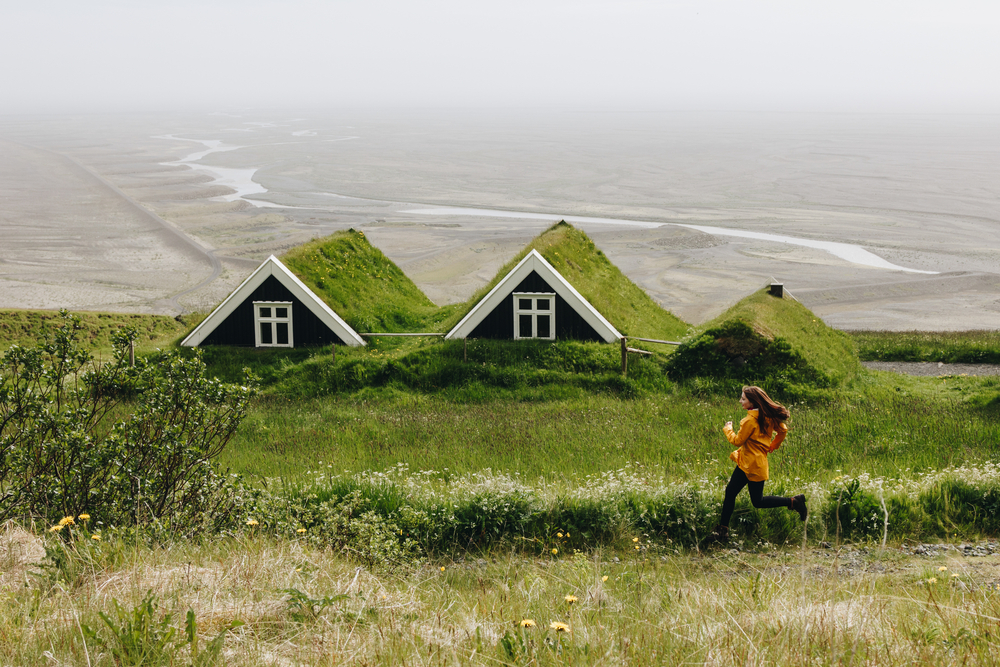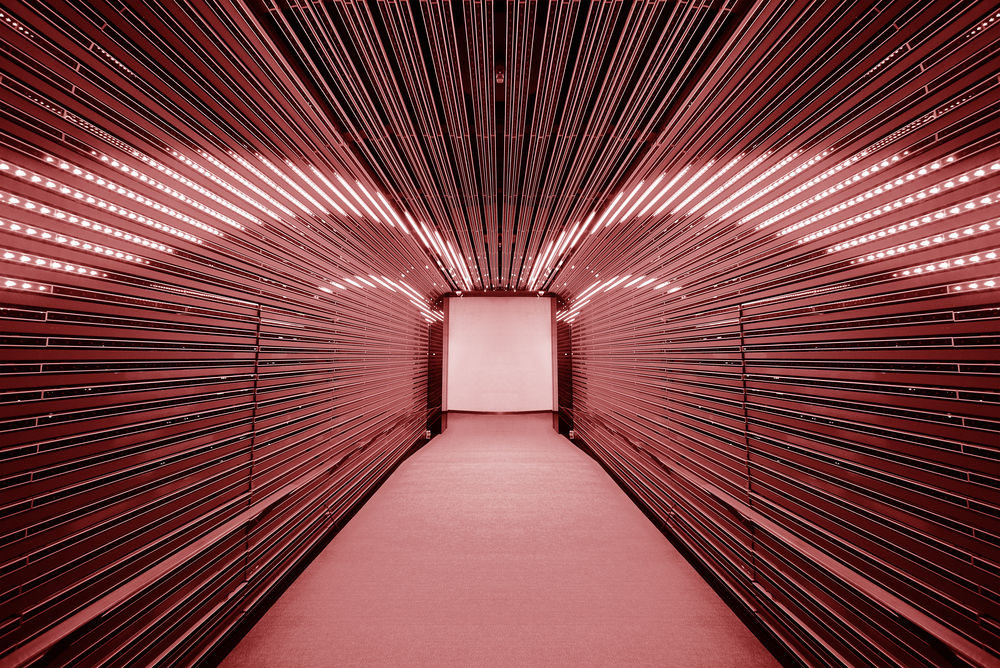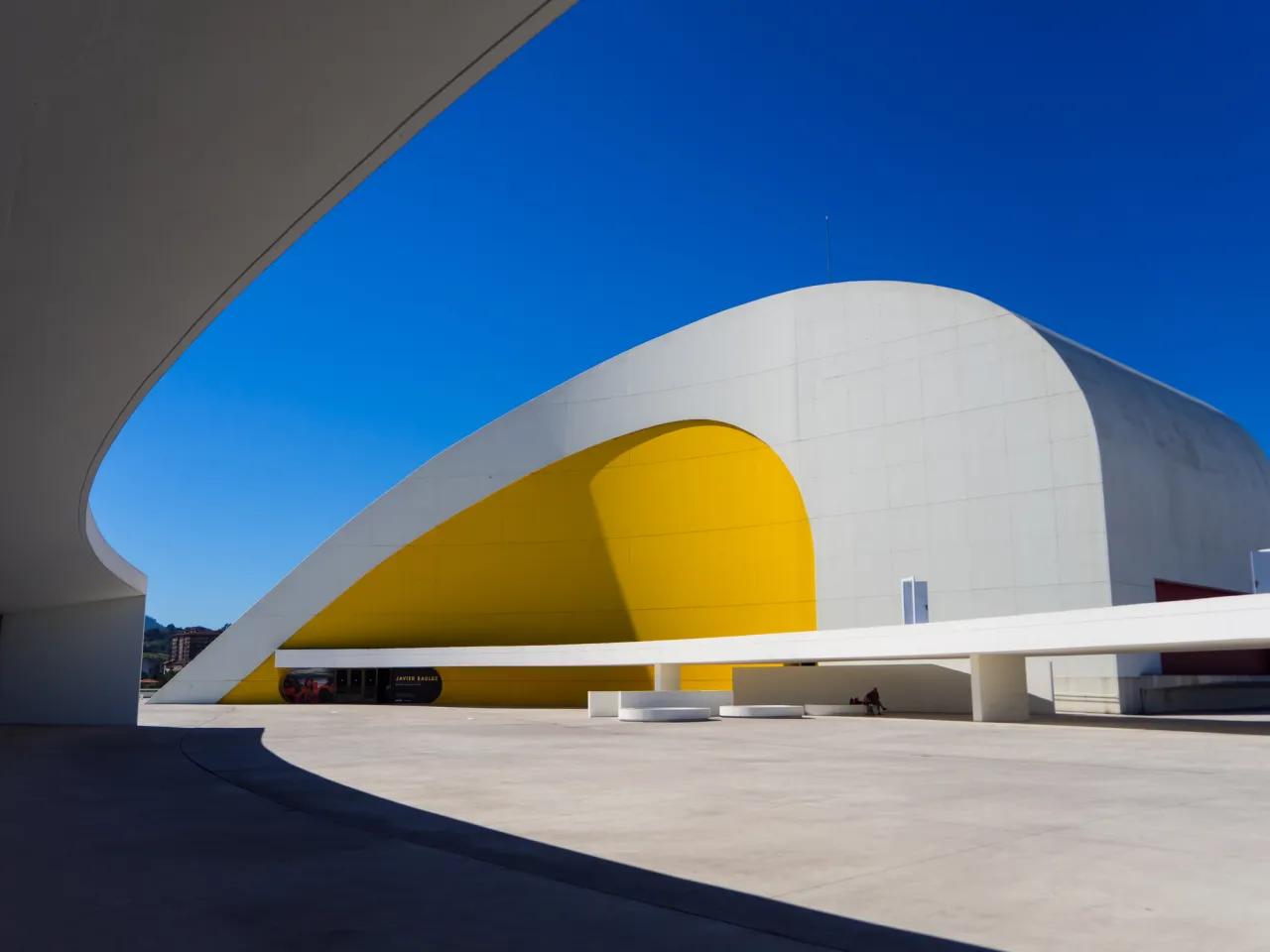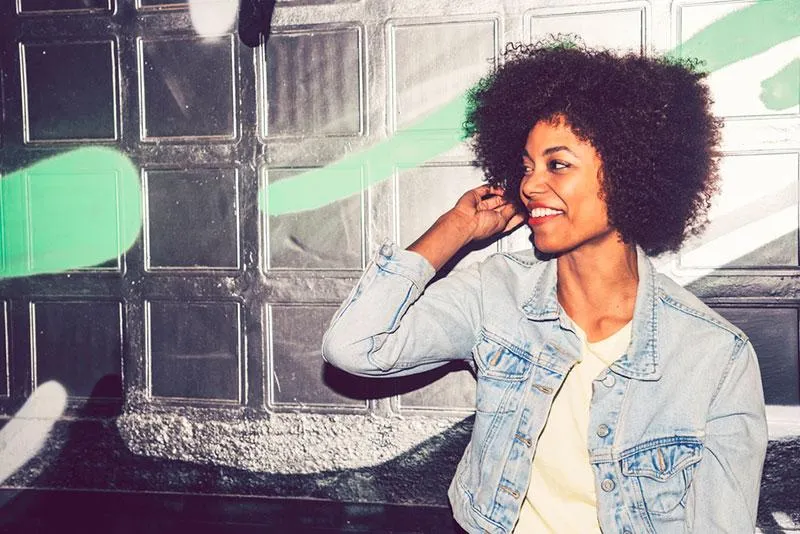10 Practical Tips on Architectural Photography
Architectural photography can be challenging. You may get annoyed by crowds of people that can’t be removed even during post-production. You may freak out because of distortion or struggle with unfavorable weather conditions. However, you can also look at these things from a different perspective and take your building photography up a notch with some tips and advice.
To make your experience less stressful and more fulfilling, in this article, we bring you a selection of practical tips on architectural photography.
Tips on architectural photography for impressive shots
1. Watch for good lighting
In photography, lighting is the most important element. It not only makes a photograph technically possible but also determines its atmosphere and mood. Shooting in a studio, you can set up the lighting you need at any time of the day. Meanwhile, in architectural photography, you have to deal with natural lighting, thus, watch for particular hours and weather conditions.
In general, the golden hour is the best period for photography. During the first hour after the sun rises and the last hour before the sun sets, the light diffuses and looks softer. At this time, you can capture magical building pictures as their long shadows will be stretching along the street. You can also experiment with backlighting and flares.
In addition to the golden hour, there’s also the blue hour during which your architectural photos will look completely different. This is the time before the sunset and after the sunrise when the sunlight is indirect and the sky is mostly a deep blue with pink, yellow, or orange undertones.
However, don’t forget a tripod for sharp and beautiful shots.
2. Look for unique angles and perspectives
Always look for unconventional angles and perspectives, especially if you’re capturing famous buildings. Perhaps they have already been shot by millions of tourists and hundreds of professional photographers. If you include typical images in your creative portfolio or Instagram account, there’s a chance your works may remain unnoticed.
To make some buzz around your approach to photography, try to play around with how you set up your camera. You can photograph the Eiffel Tower while standing just under it or capture Sagrada Familia from the inner courtyard. Shooting with your personal vision and capturing buildings will distinguish your shots from amateur ones.
3. Include people
Although crowds of tourists might be annoying and distract viewers from the main subjects of a photo, architecture with some context can work in your favor. Unless you woke up at 5 am to shoot during the golden hour, tourist sights will look unnatural and awkward without people walking around, summer terraces with no students having lunch, or even business centers without employees hurrying to get to work.
Next time you get irritated by people getting in your shot, bear in mind that they are just making your architecture images look trendy and authentic. Moreover, they are helping you showcase the scale of the building.
4. Embrace all weather conditions
If you’re chasing perfect shots, a weather forecast should definitely be your best friend. However, polished photographs – in terms of lighting, composition, and editing – don’t impress anyone on the brink of 2020.
To create unique shots and make a difference with your photography, you can take pictures during various seasons and weather conditions. For instance, in autumn, you can try photography in the rain, whether it’s a drizzle or a storm. In addition to capturing basic architectural structures, you can also capture textures of clouds and drops to make your works look more dramatic.
In winter, snowy weather shouldn’t be an obstacle for great architectural photos. There are so many photography ideas you can try even if it’s freezing cold outside. Snow and frost add some mystery and charm to buildings and can help you create atmospheric and cozy visuals.
5. Add lines and shapes to your compositions
One of the most important architectural photography tips is to watch for lines and shapes in your compositions. Why? Because they influence the response of an audience just as much as colors do.
Architectural photos with symmetrical lines and shapes can make people appreciate them more, especially if they have an OCD-like obsession. To find out how you can evoke other emotions with architecture photography, you need to get acquainted with design basics and the psychology of shapes.
In short, rectangles and squares symbolize stability and make people feel safe, as they are used to seeing these shapes in everyday lives. Circles and other round shapes usually make the audience pleased and symbolize the universe and eternity. Meanwhile, triangles are associated with motion and symbolize risk and excitement. All this knowledge will be useful if you’d like to develop a unique approach to architecture photography.
6. Don’t freak out because of distortion
In architectural photography, distortion is a frequent occurrence. It usually happens when you’re capturing the buildings from a lower or higher angle, as the distance you’re shooting at is different for different parts of the object. There’s even a name for it: the keystone effect.
Professional photographers know that sometimes the effect is inevitable so you shouldn’t freak out when you notice it. Most photographers just fix the distortion during the post-processing in a few clicks.
7. Research before capturing a building
If you’re shooting a tourist attraction or any other building that has a story, gather some information about it. Perhaps, you will discover some interesting and unexpected facts that will fuel your imagination and help you capture an unconventional building shot.
For instance, Big Ben is now under reconstruction and the city authorities say the works will be finished in five years. Thus, if you plan a trip to London in a couple of years, spend some time reading what has changed and why. This information can help you decide on the angle of the photograph.
8. Explore the indoors
Most people think of capturing a building from the street but this genre embraced both exterior and interior shots. Having the idea to represent the appearance of the objects indoors, interior architectural photographers face a lot of challenges. Among them is the need to properly level the camera, translate vertical lines and diverse shapes, do not go too wide in order not to distort the image and set up with the right lighting.
However, photographing interiors is not only a way to make money but also an opportunity to diversify your architectural photography portfolio. Besides, including people on your interior shots may help you get an authentic image and also tell a story.
9. Pursue minimalism
A minimalistic approach tends to convey the essence of an object and focuses primarily on the form. If you accept the challenge and manage to find a building, a bridge or a room void of clutter, you’ll understand the true meaning of ‘less is more’.
If you want to take this route, try to think outside the box. Leave more white or negative space on the photos, and chase for lines and shapes so that images look both aesthetically pleasing and appealing. If you’d like to get a better understanding of what minimalist architecture photography is, explore our thematic photo collection.
10. Refine an image during post-processing
With the trend of authentic photos, the amount of time photographers spend on post-production has decreased. Natural imperfections, temporal changes, and real textures are the things that audiences appreciate much more today.
However, it does not mean that your images should have no post-processing at all. Due to the fact that cameras do not usually translate all the beauty and detail our eyes see, slight enhancements would only benefit your shot. You can adjust the contrast and brightness, crop an image for a better composition or adjust saturation if needed. These simple tweaks will make your image look more appealing and also better represent the real beauty of a photographed object.
Considering at least some bits of advice from this list will give you some ideas as to what you should focus on your architectural photography pursuits. You’ll also make your images stand out from millions of visuals posted on social media by both amateur and professional photographers on a daily basis. If you have any other handy architectural photography tips in mind, share them in the comments below.














